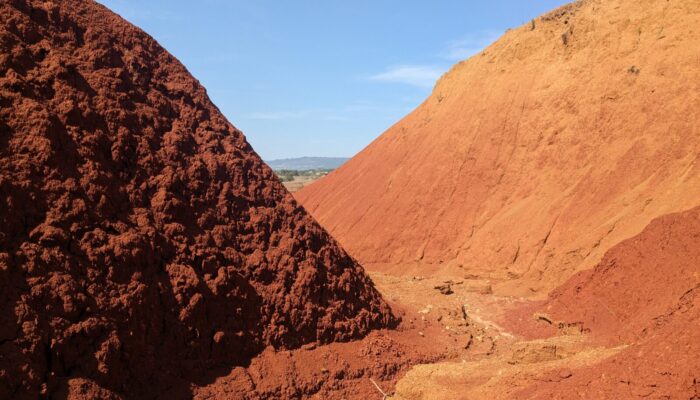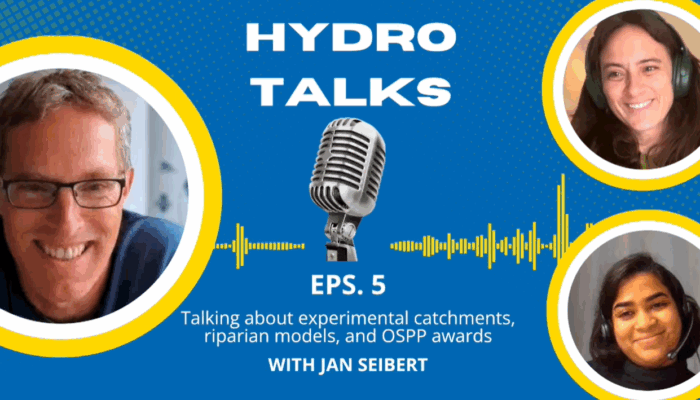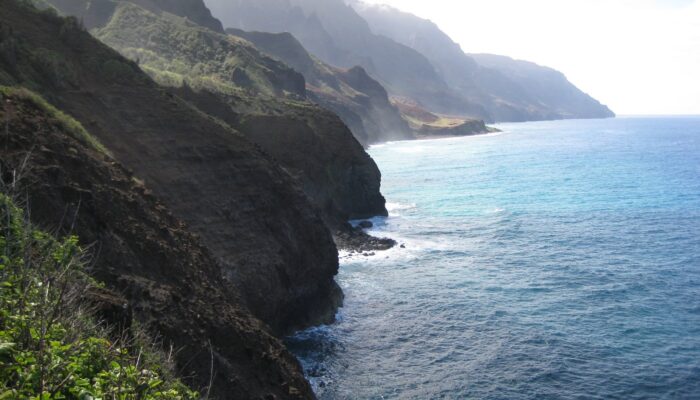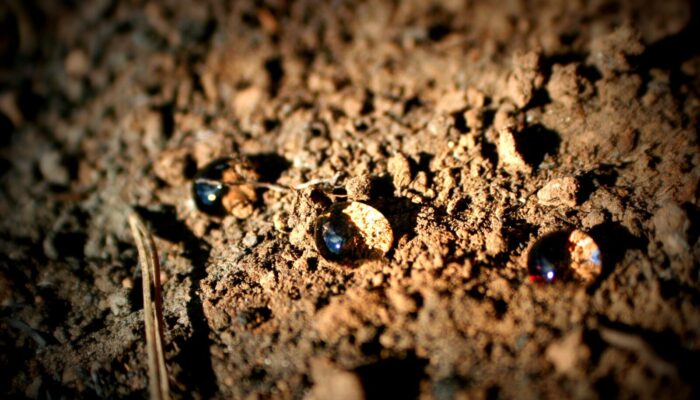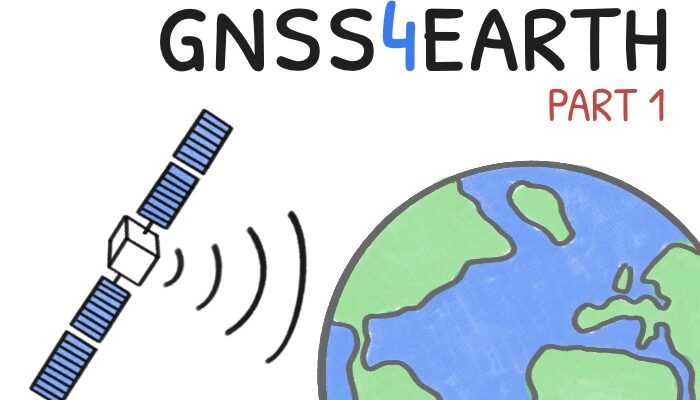The Heritage Stone Task Group in southern Europe is a Task Group within the IUGS. In March, HSTG had a proposal accepted as Project 637 of the International Geoscience Programme (IGCP 637). With this acceptance, IGCP 637 offered $US6,000 in 2015 to support conference participation. HSTG has decided that this funding should be used in 2015 to support attendance to our session in the GSA Baltimore ...[Read More]
If you didn't find what you was looking for try searching again.
WaterUnderground
A social media dashboard for researchers – taming the digital anarchy for nerds
Is anyone else overwhelmed by updating their many webpages, blogs, streams etc? Jason Priem described the shift from a paper-native academia to a web-native academia, in an excellent article last year in Nature, a shift well beyond the traditional peer-reviewed journal to more diverse outlets of information, interaction and discussion. I am part of the first generation of researchers who are excit ...[Read More]
Soil System Sciences
Permafrost Young Researchers Network: the study of permafrost in a climate change scenario
Marc Oliva University of Lisbon, Portugal The World Climate Research Program (WCRP) and the IPCC Working Group 1 (Fourth Assessment Report) recognize the Cryosphere as one of the most significant challenges of climate science and as a major source of uncertainty in global climate projections. While the permafrost carbon feedback has been identified as potentially the largest terrestrial fee ...[Read More]
GeoLog
Why we need to put plants back in the soil carbon picture
Happy International Soil Day (5 December)! Today, we’re celebrating the incredible capacity of soil organic carbon (SOC) to fight climate change. But hold the celebratory cake! A paper in the journal SOIL by Raza et al. (2025) has exposed an unexpected scientific blind spot, and it’s a bit surprising! The paper, titled “Missing the input: the underrepresentation of plant physiology in ...[Read More]
Hydrological Sciences
HydroTalks Podcast: Prof. Jan Seibert about hydrological models, experimental catchments and advice for early career scientists
For this episode, we’re thrilled to welcome Prof. Jan Seibert, based at the Department of Geography, University of Zurich. His research focuses on hydrological modelling under landscape change, citizen science through the CrowdWater app, and large-scale modelling studies. He is also the Henry Darcy medal winner of 2025. You can check out the podcast below, or read the interview summary in this blo ...[Read More]
Hydrological Sciences
Co-creating water knowledge (Part 1): The history and future of an interdisciplinary working group
HELPING and the co-creation of a working group In 2023, the International Association of Hydrological Sciences (IAHS), inaugurated a new Scientific Decade, called HELPING – IAHS Science for Solutions decade, with Hydrology Engaging Local People IN one Global world. This third decade was established through a bottom-up process, by investigating the interests and the urgency of local hydrolo ...[Read More]
Geomorphology
Highlighting: Volcanic Islands! (Interview with Kim Huppert)
This blog post is part of our series: “Highlights” for which we’re accepting contributions! Please contact Emma Lodes (GM blog editor, elodes@asu.edu), if you’d like to contribute on this topic or others. Interview with Kim Huppert, Assistant Professor of Earth and Atmospheric Sciences, City College of New York and Graduate Center CUNY. Email: khuppert@ccny.cuny.edu, website: https://sites.google ...[Read More]
GeoLog
Your visa guide for the EGU General Assembly 2026: Navigating the Schengen process
Attending the European Geosciences Union (EGU) General Assembly in Vienna is an invaluable experience, where scientists, researchers, and professionals come together from all over the world to share knowledge, expand networks, and strengthen the geosciences community. However, if you’re coming from a non-EU country and require a visa, preparing for your trip may feel overwhelming. As a former visa ...[Read More]
GeoLog
The living skin of our planet: Why a world soil health index is our next great global scorecard
Next time you’re outdoors, in a park or anywhere where there is no pavement, look down at the patch of earth beneath your feet. To many people, it’s just mud, dirt, or maybe soil, something passive that things grow in. But to a soil scientist, that handful of soil represents a dynamic ecosystem that supports an incredible 95% of all the food we eat, filters every drop of our drinking water, ...[Read More]
Geodesy
Beyond navigation: How GNSS reveals Earth’s hidden secrets
Part 1 – the global case When you check directions on your smartphone or track your morning run, you’re tapping into a global infrastructure that has revolutionized not just navigation, but our understanding of Earth itself. What began as military technology has evolved into powerful scientific tools that confirm longstanding theories and reveal previously unobservable phenomena. In th ...[Read More]


